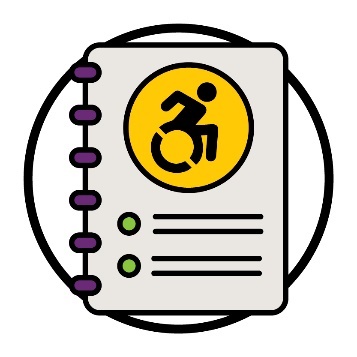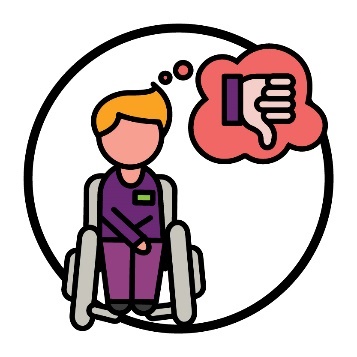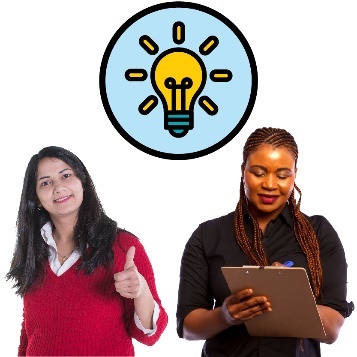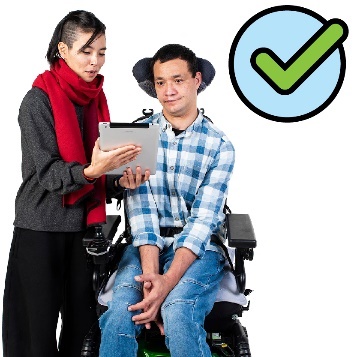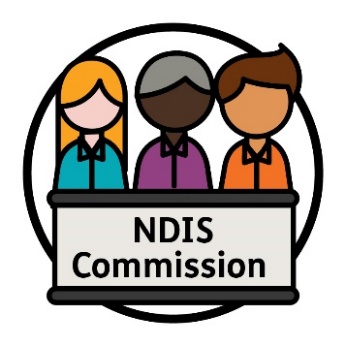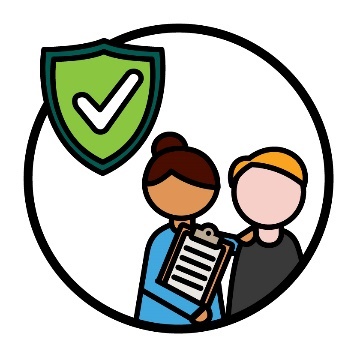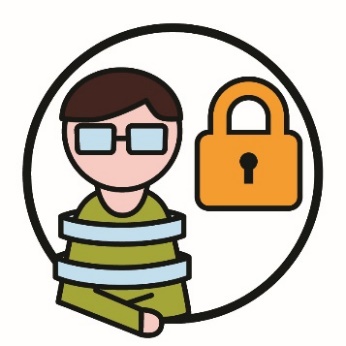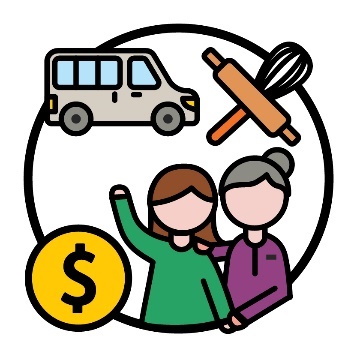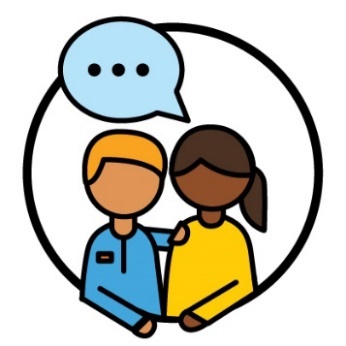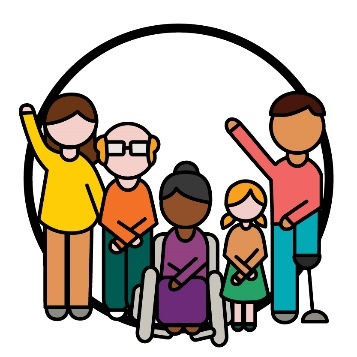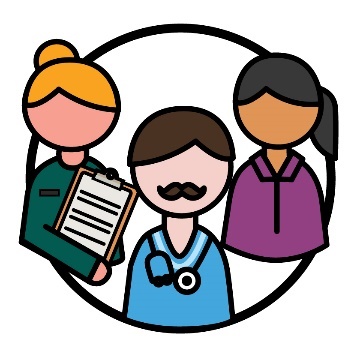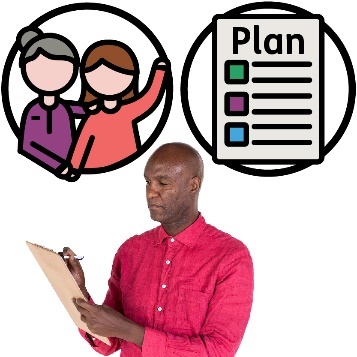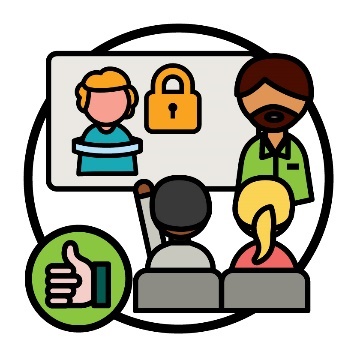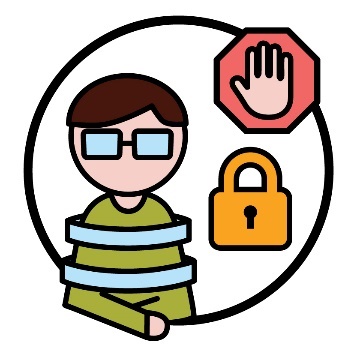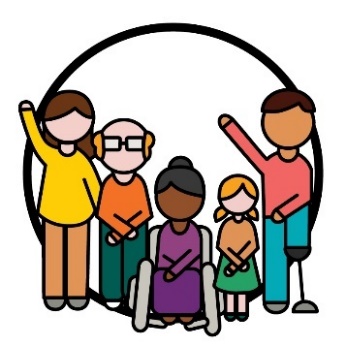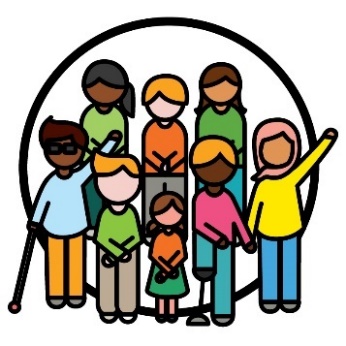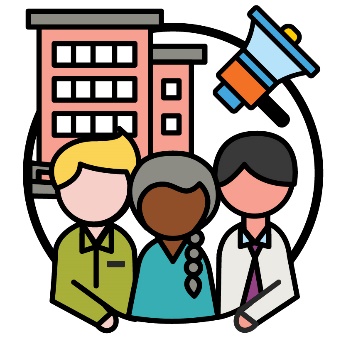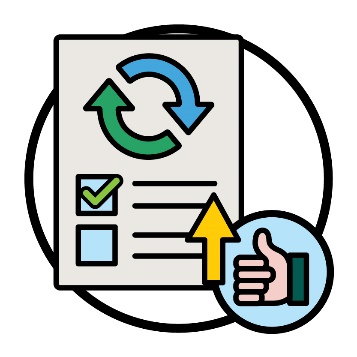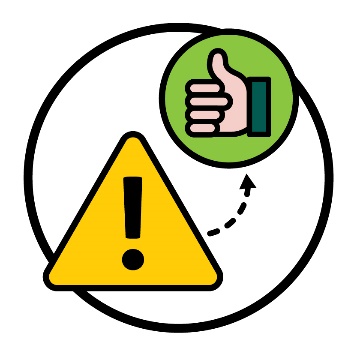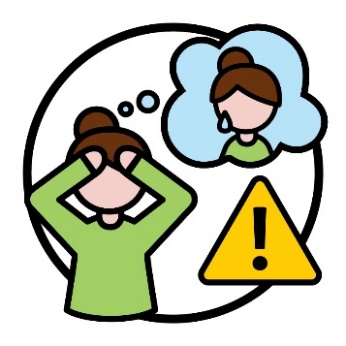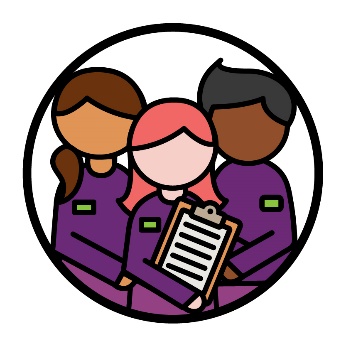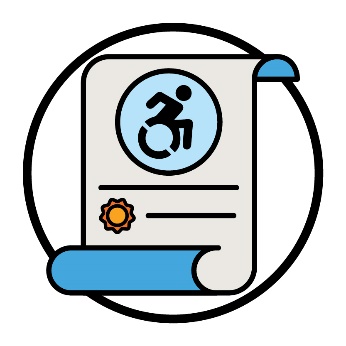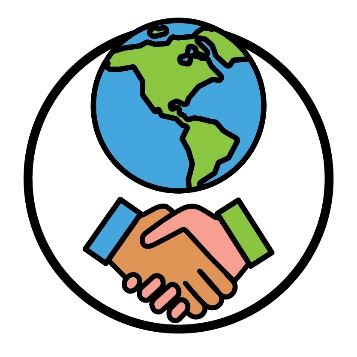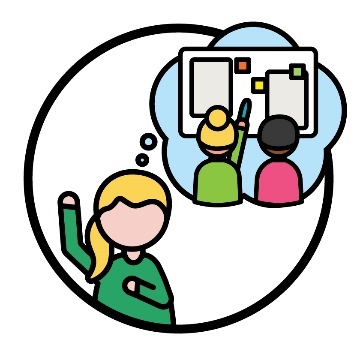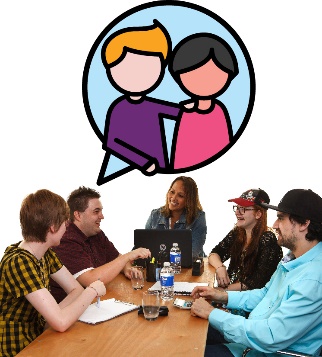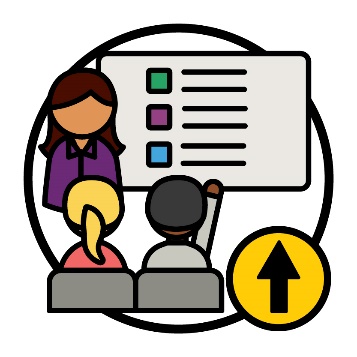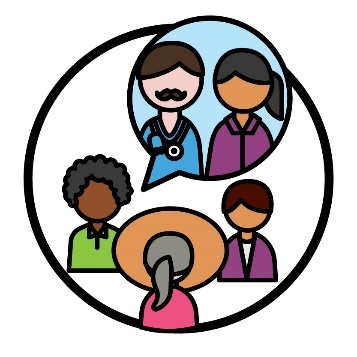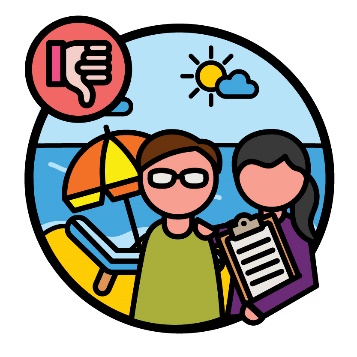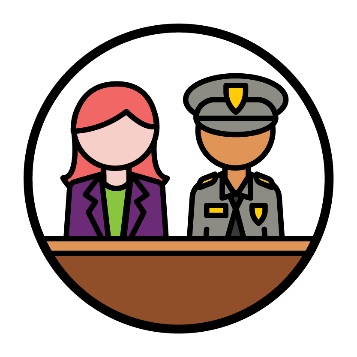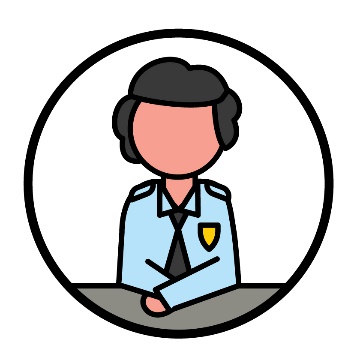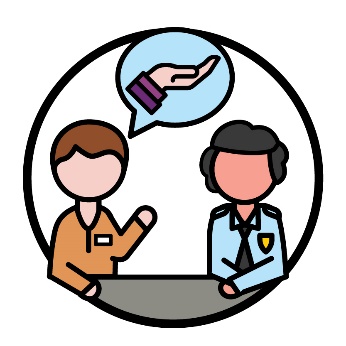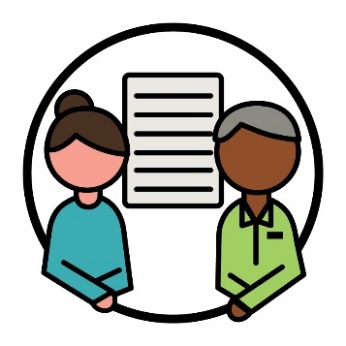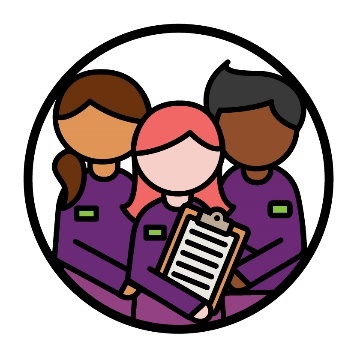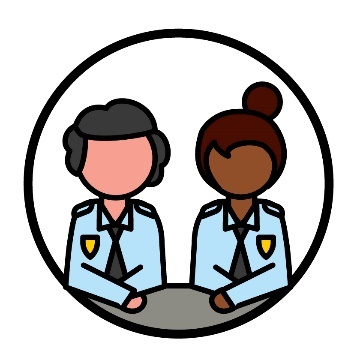What important updates were in the meeting?
NDIA employment report
|
|
Ms Donna Purcell talked about her report on the experiences of NDIA staff with disability. This report is called Disability Deep Dive. |
||
|
|
IAC Members learned that some NDIA staff with disability had bad experiences. And most of these experiences were because of bad attitudes other NDIA staff had about disability. |
||
|
|
Your attitude is what you think, feel and believe. |
||
|
|
IAC Members shared they are happy that the NDIA:
|
||
|
|
Donna explained that the NDIA plan to use co‑design to support the ideas from her report. Co-design is when people work together to plan something new. |
||
|
|
She also explained that the NDIA has started work to make sure everyone can use their technology. |
||
NDIS Quality and Safeguards Commission
|
|
Ms Tracy Mackey talked to IAC Members about the NDIS Quality and Safeguards Commission. In this document we just call them the NDIS Commission. |
|
|
The NDIS Commission makes sure people with disability who take part in the NDIS:
|
Tracy gave IAC Members an update about: |
|
|
|
|
|
|
|
|
|
|
|
IAC Members shared they support the work the NDIS Commission is doing to learn more from: |
|
|
|
|
|
|
|
|
|
This includes the NDIS Commission’s work to learn more about:
|
|
|
IAC Members shared they support the NDIS Commission’s work on the use of restrictive practices. |
|
|
This includes their work to make sure providers know the rules for using restrictive practices. |
|
|
IAC Members also shared that more work should be done to stop the use of restrictive practices. |
The NDIA’s co-design work
IAC Members shared an update about co-design work the NDIA is doing with: |
|||
|
|
|
||
|
|
|
||
|
|
|
||
|
|
|
||
|
|
This includes their work on the Reform for Outcomes. The Reform for Outcomes will focus on what the NDIA can change to get better outcomes. |
||
IAC Members shared that co-design meetings should: |
|||
|
|
|
||
|
|
|
||
|
|
Trauma is the way you feel about something bad that happened to you. For example, you might feel scared or stressed. Trauma can affect you for a long time. |
||
The NDIA will make sure the people who lead their co-design meetings understand: |
|||
|
|
|
||
|
|
In this document we call it the UN Convention. |
||
|
|
The UN Convention is an agreement between different countries. |
||
|
|
IAC Members shared their thoughts about different co-design groups. |
||
|
|
This includes the co-design group that looks at people whose job is to support people with disability. |
||
|
|
IAC Members said that there should be more training for people who make NDIS plans. |
||
|
|
IAC Members also shared their thoughts about another co-design group. This co-design group looks at how to support providers to do the right thing. |
||
|
|
They worry some providers don’t always do the right thing. This includes providers who offer supports to participants when they are on holiday. |
||
Complex support needs
|
|
People from the NDIA’s Complex Support Needs Branch gave the IAC an update on their work with the justice system. |
For example, they gave information about: |
|
|
|
|
|
|
|
|
|
JLOs help people with disability find and use supports when they:
This includes working with prisons to help people with disability take part in the NDIS. |
|
|
The NDIA is working with state and territory governments to support NDIS participants when they leave prison. |
|
|
Members shared that it’s important to understand the experience of support coordinators working in the justice system. A support coordinator is someone who helps people with disability plan and use their supports. |
And that it’s important the community knows more about the work of: |
|
|
|
|
|
|
|
